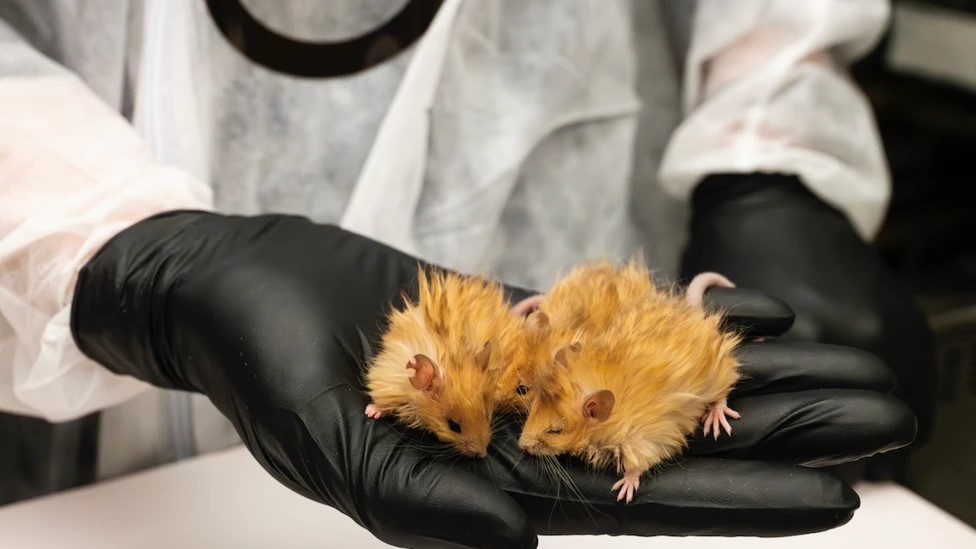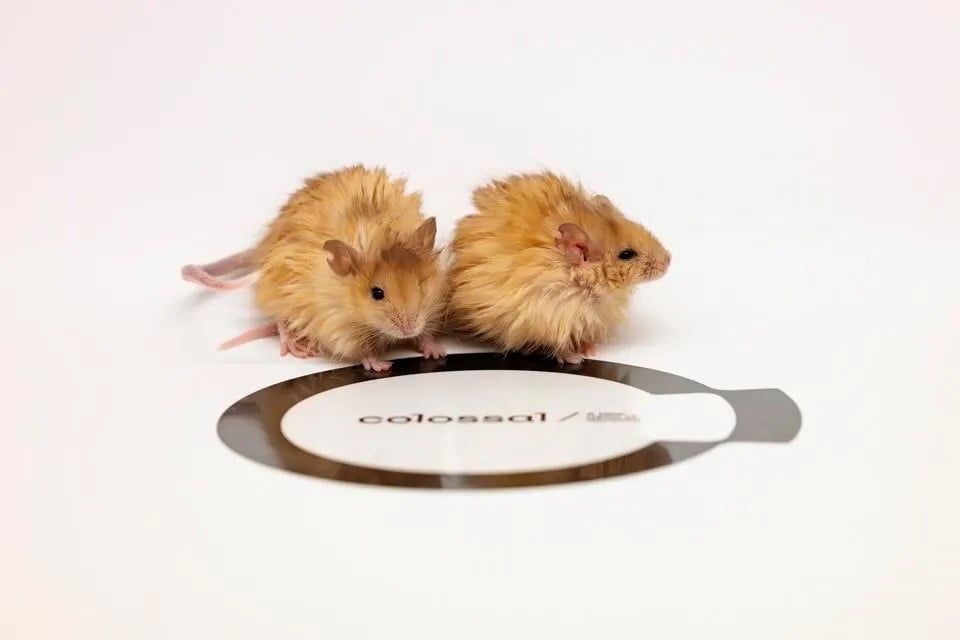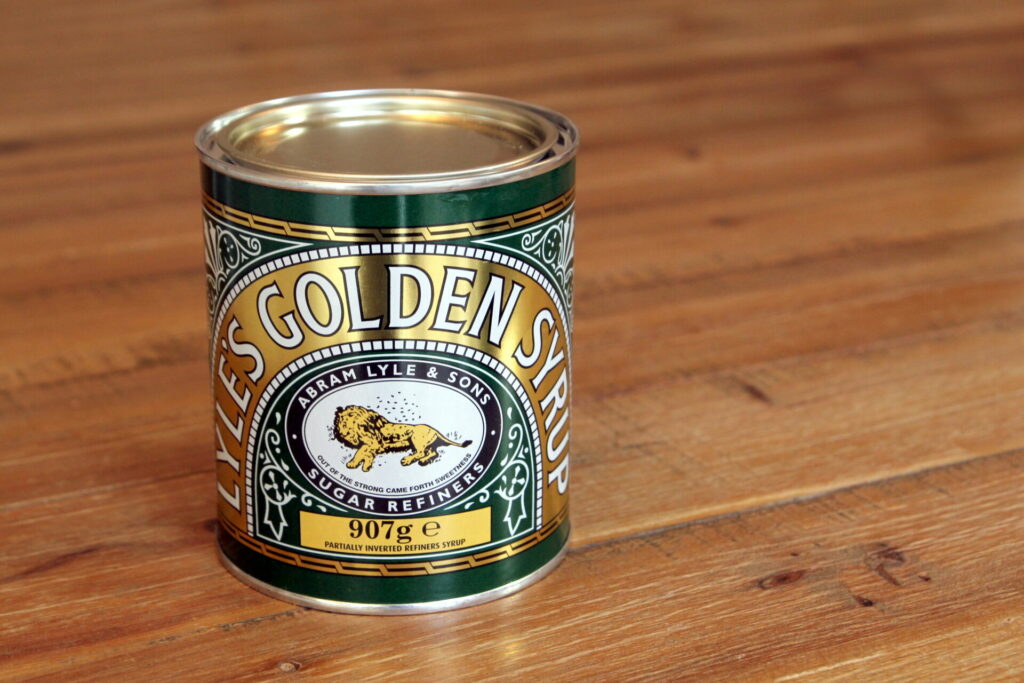Scientists planning to revive the extinct woolly mammoth have taken a step forward in their research – they have created woolly mice.
Staff at US bio-technology company Colossal Biosciences are studying how to genetically modify Asian elephants to provide them with mammoth-style hairy coats.
And among the trial steps was altering the make-up of the mice to make them more resistant to cold temperatures by making their coats hairier and thicker.
Ben Lamm, co-founder and CEO of the company, said the team had been studying ancient mammoth genomes and comparing them with elephants to understand how they differ and had already begun genome-editing cells of the latter.

Now the team say they have fresh support for their approach after creating healthy, genetically modified woolly mice with increased cold tolerance, including the woolly hair.
‘It does not accelerate anything but it’s a massive validating point,’ Lamm said.
‘The Colossal woolly mouse marks a watershed moment in our de-extinction mission. By engineering multiple cold-tolerant traits from mammoth evolutionary pathways into a living model species, we’ve proven our ability to recreate complex genetic combinations that took nature millions of years to create.
‘This success brings us a step closer to our goal of bringing back the woolly mammoth.’
Modifying Woolly Mice
The team used a number of genome editing techniques to either genetically modify fertilised mouse eggs or modify embryonic mouse stem cells and inject them into mouse embryos, before implanting them into surrogates.
They focused on disrupting nine genes associated with hair colour, texture, length or pattern or hair follicles.
Most of these genes were selected because they were already known to influence the coats of mice, with the induced disruptions expected to produce physical traits similar to those seen in mammoths, such as golden hair.
However, two of the genes targeted in the mice were also found in mammoths, where they are thought to have contributed to a woolly coat, with the changes introduced by the researchers designed to make the mouse genes more mammoth-like.
The team also disrupted a gene associated with the way fats are metabolised in mice and was also found in mammoths, which they suggest could play a role in cold adaptation.
‘I was mostly surprised by how adorable they are,’ said Dr Beth Shapiro, Chief Science Officer at Colossal.
‘I mean, they’re just mice, I guess, and mice are always a little bit cute, but they are these really adorable, golden haired, long, fluffy haired animals, and I think they’re pretty spectacular.’
Lamm said the team hoped to be able to carry out behavioural tests for cold tolerance in the coming months and has predicted the arrival of the first mammoth calf by 2028.
‘In addition to bringing back ancient extinct species like the woolly mammoth, we will be able to leverage our technologies to help preserve critically endangered species that are on the verge of extinction and restore animals where humankind had a hand in their demise,’ he said

Robin Lovell-Badge, head of stem cell biology and developmental genetics at the Francis Crick Institute in London, who was not involved in the woolly mice work, praised the technical aspects of the study.
But he said de-extincting mammoths would be far more complex than altering a few genes for cold tolerance –as it was unclear if genetic modifications would be needed to ensure the animals not just look like mammoths but behave like them too.
‘My overall concern is whether this is a sensible use of resources rather than spending the money on trying to prevent species becoming extinct,’ Lovell-Badge said














